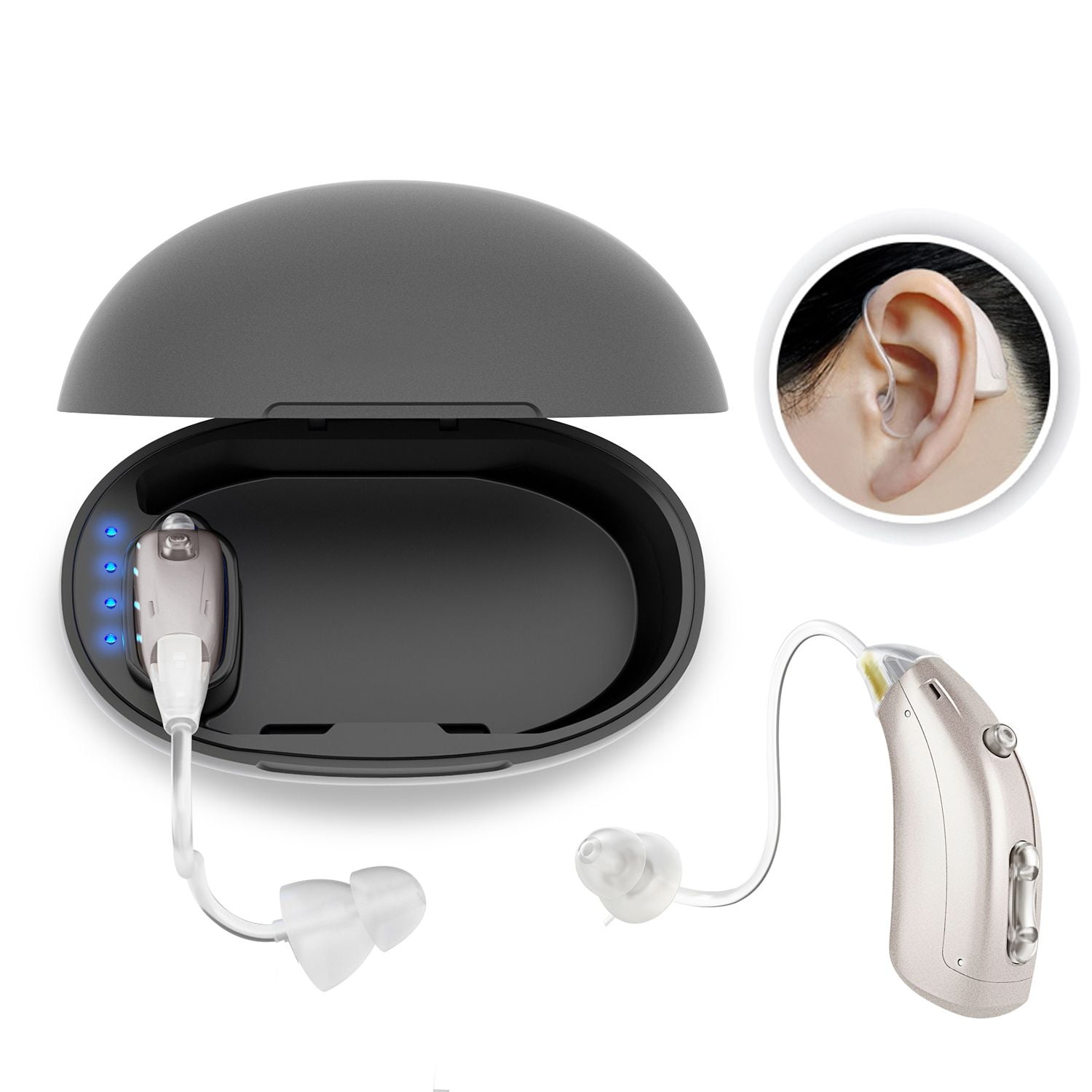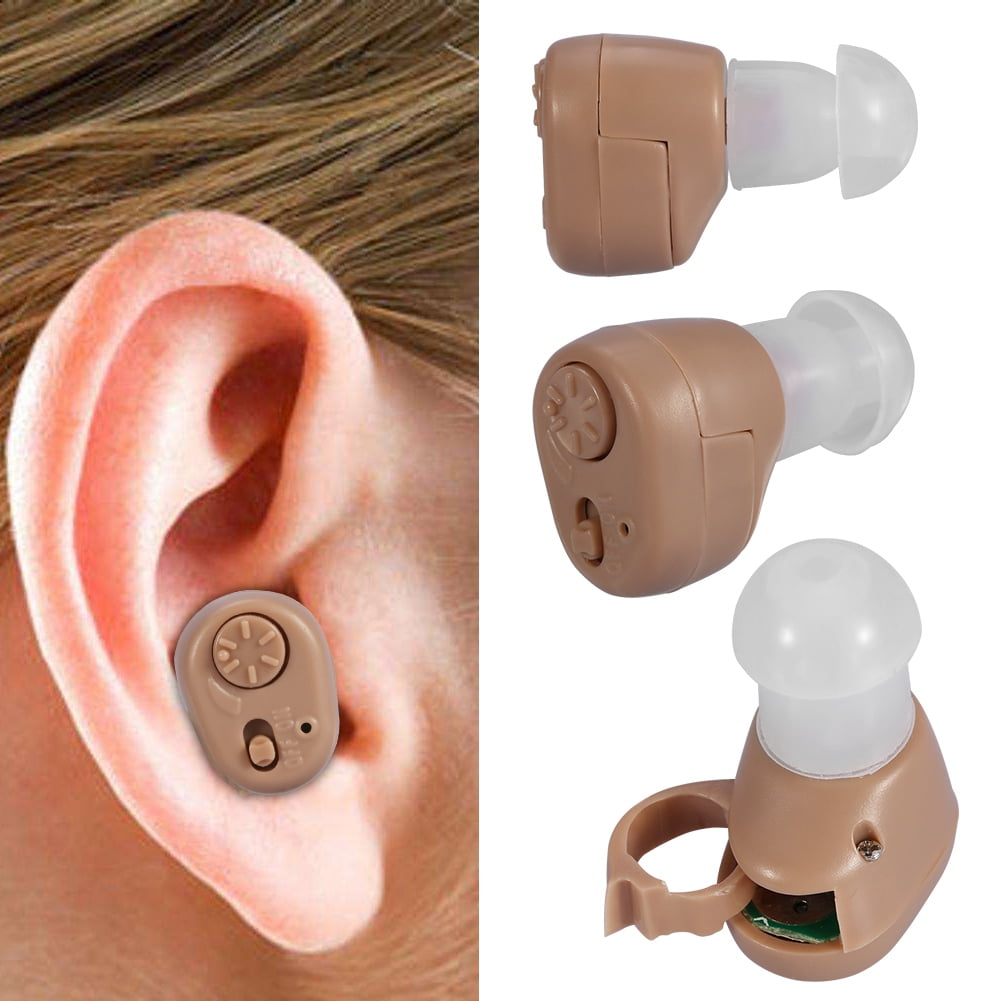

In the absence of these findings, many forearm fractures can be managed by a primary care physician. Fractures demonstrating significant displacement, comminution, or intra-articular involvement may also warrant orthopedic consultation. Open fractures, joint dislocation or instability, and evidence of neurovascular injury are indications for emergent referral. Proper initial assessment includes a detailed history of the mechanism of injury, a complete examination of the affected arm, and appropriate radiography.
V5261 HEARING AID FULL
Read our full Jabra heading aid review to learn more.Fractures of the forearm are common injuries in adults. Jabra has some of the lowest price points on the market, with certain models (like the Enhance Plus) costing thousands of dollars less than other over the counter brands. When it comes to hearing aids for tinnitus, some brands stand out more than others.
V5261 HEARING AID TRIAL
Finally, you’ll want to check what kind of technical support your particular OTC hearing aid provides, as well as whether it’s covered by a warranty, money-back guarantee, or trial period (the Eargo brand, for example, allows for a 45-day trial period for users to test how well they work before committing).
V5261 HEARING AID BLUETOOTH
You’ll also want to consider whether a hearing aid has Bluetooth or streaming capabilities, as many hearing aids for tinnitus provide sound enrichment options that can require one or both. In addition to the different apps and features of each device, you’ll want to consider the size, shape, and how comfortable it feels in your ear. Whether you’re shopping for an over the counter hearing aid or a prescription model, you’ll want to keep a few things in mind.

V5261 HEARING AID HOW TO
How to shop for a hearing aid for tinnitus Other apps can play fractal tones, which are soothing sounds that mask tinnitus symptoms.

Some apps, for instance, provide hearing screenings that allow you to customize the settings in your hearing aid. When considering different hearing aids for tinnitus, you’ll also want to pay attention to the different apps that are associated with each device, too.

While this feature is more common with prescription hearing aids, it’s also becoming more common with over-the-counter hearing aids as well, including the rechargeable ReSound hearing aids ($1,000-$3,500 per device). Over time, the device gets better at learning which sounds to heighten and which to ignore, better allowing the user to hear and understand the world around them. For example, many prescription models use artificial intelligence (AI) to teach the hearing aids which sounds to amplify in the environment. With that said, OTC hearing aids often come with many of the same features for managing tinnitus as prescription hearing aids. Hearing aids can help with tinnitus - but which ones help the most? Each case of tinnitus is different, and the severity of the symptoms or the complexity of the condition can determine whether someone should seek out an OTC hearing aid or use a more specialized prescription device. What type of hearing aids help with tinnitus? Hearing aids won’t treat any underlying cause of tinnitus, but they can make tinnitus easier to live with. This makes it easier for your brain to focus on sounds that you want to hear, making the tinnitus less distracting. Hearing aids can help by amplifying everyday external noises (such as conversation or music) and drowning out ringing or buzzing. There are many different treatments for tinnitus, but prescription or over the counter hearing aids are usually the most effective. While tinnitus isn’t life threatening, it can be difficult to live with. These noises can be loud or soft, and they can happen constantly or only at certain times. Tinnitus is different for everyone, but usually someone will hear a ringing, buzzing, or roaring noise that nobody else is able to hear. Let’s start with the basics: Tinnitus is a condition where someone hears noise in one or both ears, usually caused by an underlying condition.


 0 kommentar(er)
0 kommentar(er)
